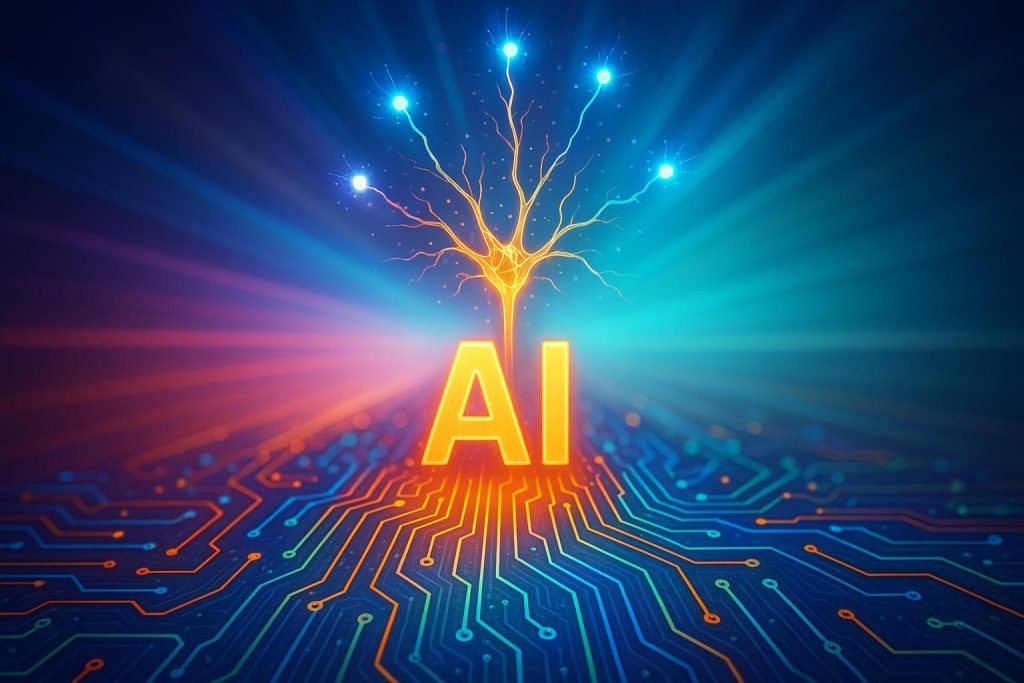Listen to the article
As agentic AI promises to revolutionise business operations, no-code platforms are emerging as the crucial enabler, reducing complexity and speeding up deployment across sectors. This shift not only democratises AI adoption but also addresses longstanding enterprise challenges, ushering in a new era of autonomous workflows.
Artificial Intelligence (AI) continues to reshape business operations, but the next frontier—Agentic AI—is set to redefine how organisations function by enabling machines to act autonomously rather than simply respond to human inputs. Unlike traditional AI, which requires structured commands, or generative AI, which produces content based on instructions, Agentic AI can independently reason, plan, and execute complex multi-step tasks without continuous human intervention. This capacity to manage entire workflows, coordinate between systems, and adapt dynamically holds enormous promise for sectors from customer support to project management. However, despite this potential, most organisations face significant hurdles due to the resource-intensive, technically demanding nature of implementing Agentic AI at scale.
A substantial impediment lies in the high skill threshold required. Developing autonomous AI agents typically demands data scientists, AI engineers, and software developers—roles that are scarce and costly. Furthermore, integrating these AI agents seamlessly with existing business tools like CRMs, ERPs, and HRMS involves bespoke development work, often causing delays and inflated costs. Governance concerns around transparency, security, and compliance add further complexity, as does change management, since employees can resist adopting unfamiliar and seemingly complicated technology. Consequently, many companies find themselves trapped in pilot phases, struggling to expand Agentic AI initiatives organization-wide.
No-code platforms have emerged as a crucial accelerator for Agentic AI adoption by dramatically lowering technical and operational barriers. These platforms empower non-developers—business users, analysts, and citizen developers—to build AI-driven workflows through intuitive drag-and-drop interfaces without needing to write code. This approach facilitates faster deployment times; where traditional development may take months or years, no-code enables businesses to launch AI agents in weeks or even days. Additionally, these platforms offer pre-built integrations with widely used software ecosystems, eliminating the need for expensive custom APIs. Key governance features, such as access controls, audit trails, and compliance management, are embedded by design, addressing concerns about oversight in autonomous decision-making. As a result, AI agents built on no-code can be rapidly prototyped, scaled across departments, and iterated with flexibility, enabling organisations to harness AI autonomy responsibly and efficiently.
Real-world applications illustrate this synergy well. In customer service, agentic AI can autonomously manage support tickets—from classification and routing to resolution—while no-code workflows link these agents with CRM or helpdesk tools. Procurement teams can automate vendor compliance checks and purchasing approvals with AI, overseen via no-code dashboards that simplify exception handling. HR departments deploy agentic AI to personalise onboarding processes, assign tasks, and track progress, all adjustable through no-code apps tailored by non-technical users. Similarly, sales operations benefit from AI agents that qualify leads and update CRM pipelines automatically, with real-time analytics maintained through no-code integrations.
Industry data signals a race against time for adoption. Agentic AI is associated with up to 40% faster process execution and tangible improvements in customer and employee satisfaction. Yet a Gartner report cautions that, despite hype and investment, over 40% of agentic AI projects might be scrapped by 2027 due to high costs and unclear business value. Gartner also highlights “agent washing,” where conventional AI tools are mislabeled as agentic AI, potentially muddying expectations. Still, the technology is maturing rapidly, with forecasts that by 2028, a significant share of business decisions and enterprise applications will incorporate agentic AI capabilities.
Leading tech corporations are actively evolving their AI strategies around this model. At Ignite 2024, Microsoft unveiled new AI agents designed for autonomous task management in work and personal contexts. However, criticism has been levelled at such initiatives; for instance, Salesforce’s CEO Marc Benioff openly challenged Microsoft’s repositioning of their AI assistant, Copilot, as an agent, citing reliability and data security concerns. Meanwhile, sectors like cybersecurity are turning to agentic AI to ease the pressure from workforce shortages and rising threats; companies such as Microsoft and CrowdStrike integrate AI systems that autonomously triage alerts and take pre-approved defensive actions, albeit with some measured scepticism about reliability.
This wave of autonomous AI adoption is not without challenges. AI agents must be dependable, avoiding misinterpretation of data or errant decisions, and their integration with existing IT infrastructure requires robust, secure frameworks. Human oversight remains vital to prevent errors and maintain ethical standards. Yet, the shift towards no-code platforms is democratising access to agentic AI by placing the power to design and deploy autonomous agents into the hands of everyday business users, allowing IT departments to focus on higher-value innovation.
No-code is playing a pivotal role beyond just AI adoption—it is also disrupting legacy enterprise systems. Traditional CRM platforms, burdened by slow deployment, costly maintenance, and fragmented silos, are increasingly being replaced by flexible, AI-native no-code alternatives. These modern platforms unify sales, marketing, and service functions, enhance agility, and enable real-time automation and personalisation that legacy systems cannot match. As businesses demand speed, adaptability, and operational autonomy in a competitive environment, no-code is emerging as an essential enabler of digital transformation.
Ultimately, Agentic AI represents a transformative leap in business automation, but realising its full potential depends on rapid, cost-effective, and well-governed deployment. No-code platforms offer the fastest and safest pathway to this future, bridging the gap between cutting-edge AI capabilities and practical business needs. Those organisations that embrace this approach stand to reap substantial productivity gains, improved customer experiences, and enhanced operational agility. From HR and finance to customer service and sales, agentic AI, enabled by no-code, is not just a futuristic concept—it is becoming a practical reality shaping the next generation of enterprise workflows.
📌 Reference Map:
Source: Noah Wire Services


